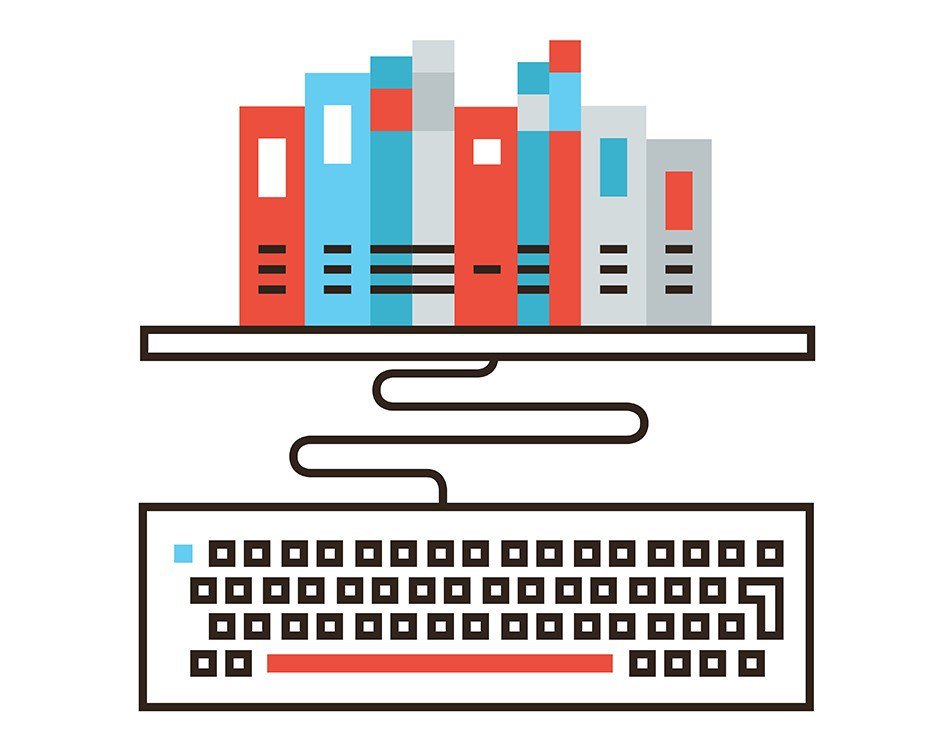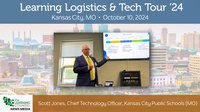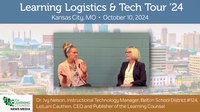There are interesting phenomena occurring in our country that started not too long ago. It’s been called “cord cutting,” or “cord shaving.” Some people doing it are even called “Cord Nevers.” This phenomenon is happening at a pretty fast rate—Americans have been cutting back on satellite and cable TV consumption. That’s not to say that the entertainment industry is falling off, rather it is on the rise.
You see, with services like Netflix, Hulu, HBO on the Go, etc. entertainment consumption is actually on the rise. What’s happening, especially with millennials, is that they’re willing to pay for TV type entertainment over the internet but, it’s on their terms. Terms like what device, what location, what time, how long, commercial free, and unlimited reruns. These terms put the viewer in control. You know, something like a personalized entertainment plan…
Now at this point, you, as an educator, may be asking yourself, “why am I reading an article about internet entertainment?” Give me a minute, I’m about to make a point…
A couple of perceptions have been built around this new paradigm (which by the way isn’t just limited to millennials). Raise your hand if you have a Netflix account or something similar… yeah we thought so!
Perception 1: TV and movie type entertainment options are ALWAYS on where ever an internet connection is available.
Perception 2: The quality of that content is ALWAYS good because it’s coming from major production facilities.
Content aggregators like Netflix have even created their own programs like House of Cards or Frankie and Grace for example, popularly branded as “Netflix Originals”.
And here’s my point:
Education Enters a New Age
This entertainment industry phenomenon is beginning to have a dramatic impact on content creation for education consumption, largely in part because consumers don’t necessarily distinguish between the purposes of consuming content—whatever type of content it may be—via the internet. In fact, I would argue though that when it comes to consuming education over the internet both of the perceptions are not being fulfilled by education providers.
Sure, access to education content is always on when a student has access to the internet, however, the quality of content rarely matches or even comes close to the quality of entertainment content.
And that is where educators, and the companies creating online education curriculum, are falling short in delivering high quality education and training.
Now, before I go too much further, let me be clear that this is not a stance that classroom instruction should go away. In fact, this is a general call for united reform—a paradigm shift. Classroom learning can be better supported by transforming “education as media” whereby the teacher is the ultimate director, facilitator and mentor.
And when it comes to the delivery platform, the learner shouldn’t care how content is delivered. And they don’t. It’s simply an “expected” that it comes through their device, smoothly and rapidly. What they are super concerned about is that the content works on their terms, that it is captivating and has rigor.
For instance, the learning platform should not only be able to support the teacher and distribute media rich content, it should also support a wealth of collaboration and communication tools that allow learners to be immersed into learning in a way they’ve rarely experienced.
The Future is Coming
With faster and smarter devices being introduced each year and with broadband access expanding at an exponential rate, learner’s expectations about their online learning experience are changing. They will consider that their learning experiences should compare to or be similar to their online entertainment experiences. This is the “consumerization of education.”
As superintendent or as a senior leader of your district you’re instrumental in instructional, business, or even political decisions that will have a lasting impact on your district. Suffice it to say that crafting the right strategy and orchestrating all the moving parts of an online learning initiative can make the difference between life-long learning and just getting by. Selecting the best content and platform solutions for your district is one of the most strategic decisions a school district leader can make.











